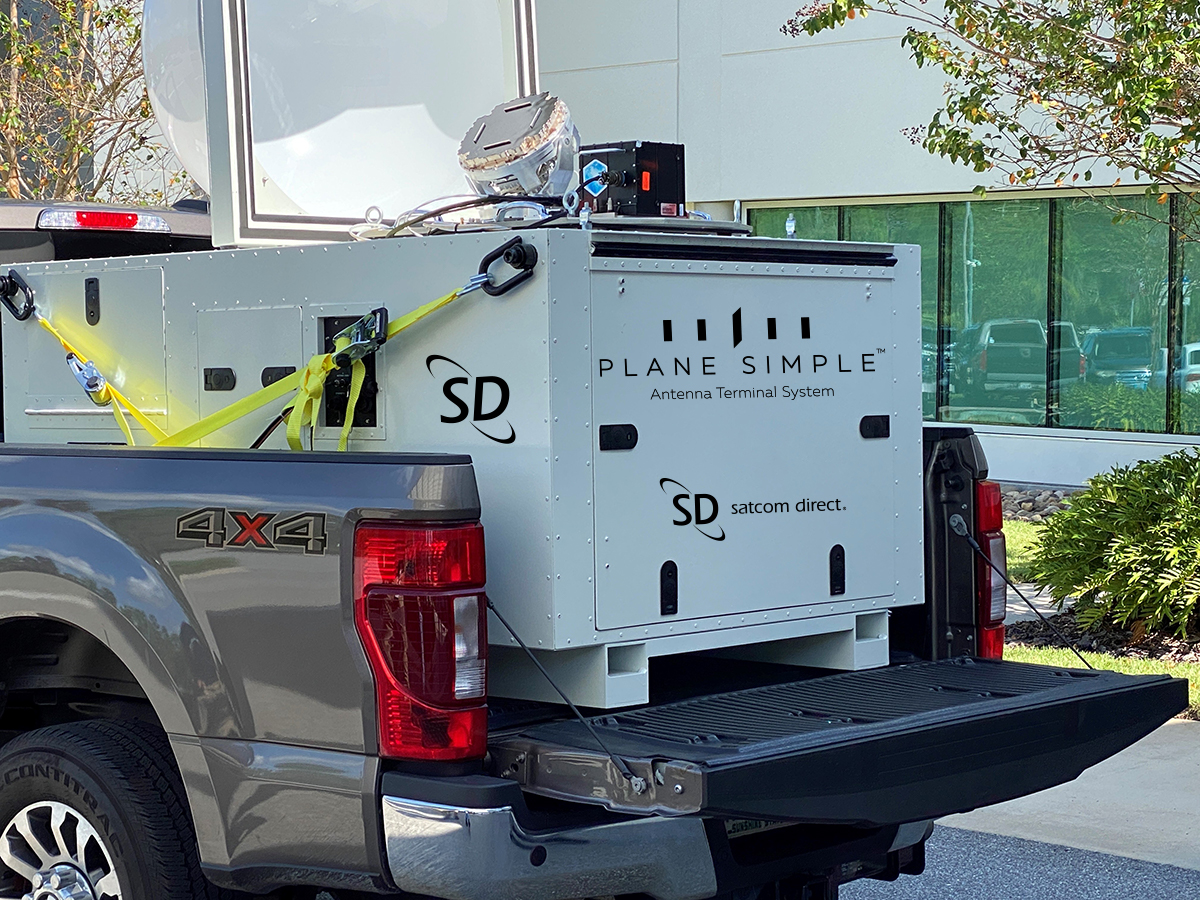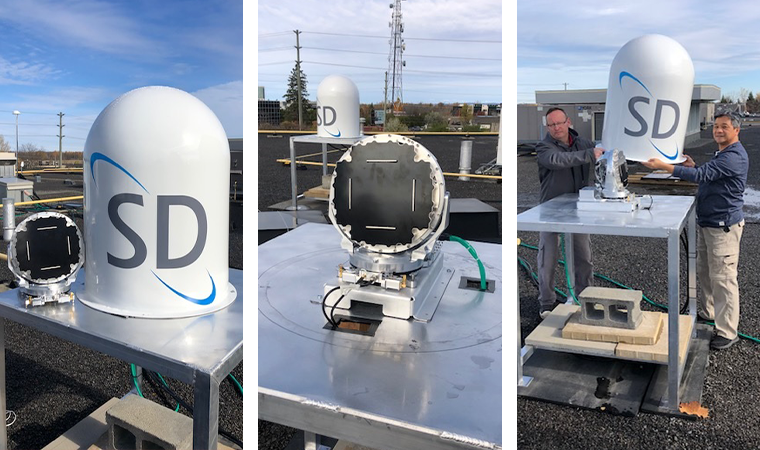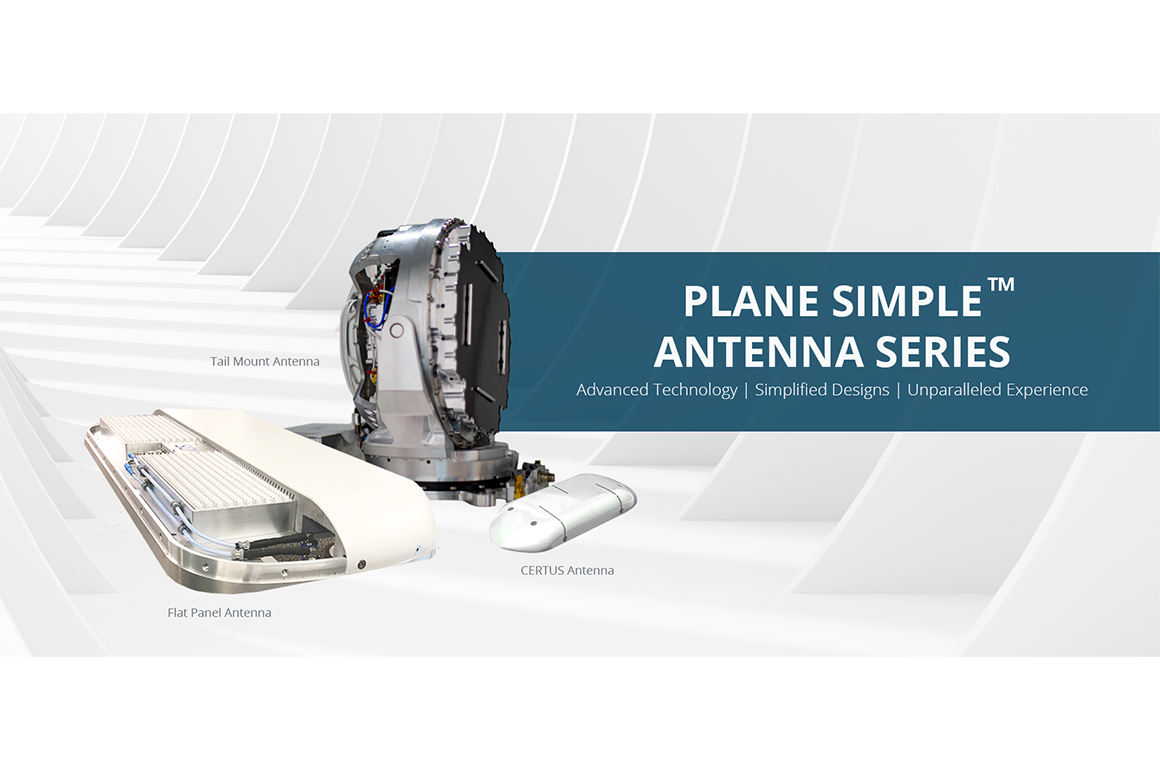Our commitment to validating every service and product to ensure best quality before showcasing it to our customers is unwavering. As we continue development of our Plane Simple™ antenna systems we are excited to share an update on progress as we transition from the research and development phase to intensive testing.
Plane Simple Ku-band System
Replicating the airborne environment for our equipment is key to understanding the full performance capabilities, and how they operate within a dynamic environment. Using a tried and tested methodology SD is emulating pitch, roll and yaw motions of an aircraft using a customized mobile platform to confirm its ability to accurately point to the network’s satellite in a dynamic environment. The antenna system is fixed to a modified heavy duty truck, outfitted with aircraft interconnect cabling including an aircraft inertial reference system. The constantly changing flying environment is imitated by the truck as our test team subjects the antenna system to dynamic motion scenarios even more extreme than those realized in flight (tight turns, figure eights, and humps and bumps over unpaved surfaces). The robust trials are designed to stretch the limits of the system as it effectively emulates the airborne experience while providing empirical feedback about its capabilities.

To support end-to-end connectivity and validate its best-in-class performance, the antenna system must also successfully demonstrate the transmit and receive capabilities. To test this element, SD Plane Simple test antennas are fixed to the roofs of our offices around the globe. Rather than focus on dynamics, these fixed testing sites establish the speed of data rates, the ability to switch between satellites and the antenna’s effectiveness at maintaining communications protocols with the network.

The two independent test streams have very different objectives which merge when they become integrated for inflight testing. In 2021, the SD Gulfstream G350 aircraft, and our new Dassault Falcon 2000, will be supporting the antenna’s final tests as the antennas connect, through all phases of flight, the full SD eco-system of hardware, software and satellite networks on board the two different platforms.
We’re also delighted that in parallel to our own testing, the line replaceable units (LRUs), the satcom modem (SMU) and advanced tail-mounted antenna (ATMA), will be undergoing official DO-160G qualification testing, in partnership with Gulfstream, in early 2021. The dual testing and qualification ensures that when the antennas come to market next year, they will be validated to facilitate best-in-class aircraft communications to meet a wide range of mission requirements.
Plane Simple Certus System
As a Value-Added Manufacturer (VAM) and service provider (SP) for Iridium Certus, SD is also designing and manufacturing a Plane Simple terminal for compatibility with this exciting new network offering, while also providing the service direct to the business aviation community. The SD Certus Antenna, slated for release next year, is a fuselage mounted High Gain Antenna (HGA) that meets the stringent performance requirements specified by Iridium for the “Class H2 system” and will support the highest Certus data rates available.
